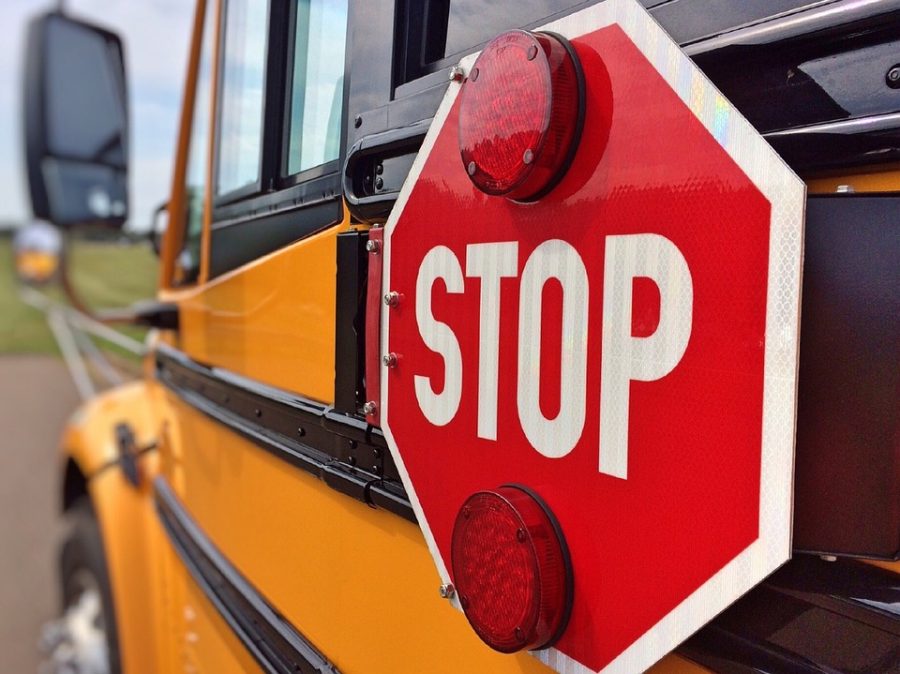Stop in the Name of the Bus
November 18, 2018
Cars don’t give buses a brake. Literally. Every year, in the U.S. alone, there has been an estimated 6 million collisions. Reckless driving happens to be one of the top 5 causes. This behavior can result in serious penalties and endanger the lives of others. Accidents involving reckless driving and school buses trended in the news recently, especially after a devastating accident in Indiana.
We asked a selection of students how they transported themselves to school. 50% said they were transported by a bus while the other half rode in a car, drove themselves, or walked. Statistics say about 55% of our youth rely on buses to get to and from school. It is very important to keep these kids safe, but violators make it very difficult.
When a bus comes to a complete halt, the stop arm extends out. It is important that motorists behind or in the opposing lane come to a complete halt. The Alabama law for motor vehicles and traffic states, “The driver shall not proceed until the school or church bus resumes motion or is signaled by the school or church bus driver to proceed or the visual signals are no longer actuated.” Yet, people ignore the many warnings stickered onto a bright yellow bus. Though there are moments in which stopping for a school bus can be confusing, like on a divided highway, there are many guides to help drivers wrap their mind around the rules.
“Plenty don’t stop,” said Mr. Al. He is a bus driver for Madison City Schools. “It can be dangerous.” Mr. Al has a handful of kids who cross the street to get to their houses. He recalls a moment where a reckless driver slipped past his stop arm right before he was about to drop off a bus rider. “A guy was coming around my stop sign, and if I were to have stopped first, he would have hit her.”
Bus drivers and aides go through a whole entire program to ensure they have all the right qualities to drive a bus. They need a CDL driving test and state certification, a valid Driver’s License with a good driving record, and they need to be able to pass a drug screening. All of this to keep children protected.
Maybe stricter penalties should be administered or drivers should be taught better. Maybe surveillance cameras can help hold reckless drivers more accountable. Until people make the conscious decision to not disregard children’s lives for their own convenience, we will continue to reteach the same old rules of the road.


